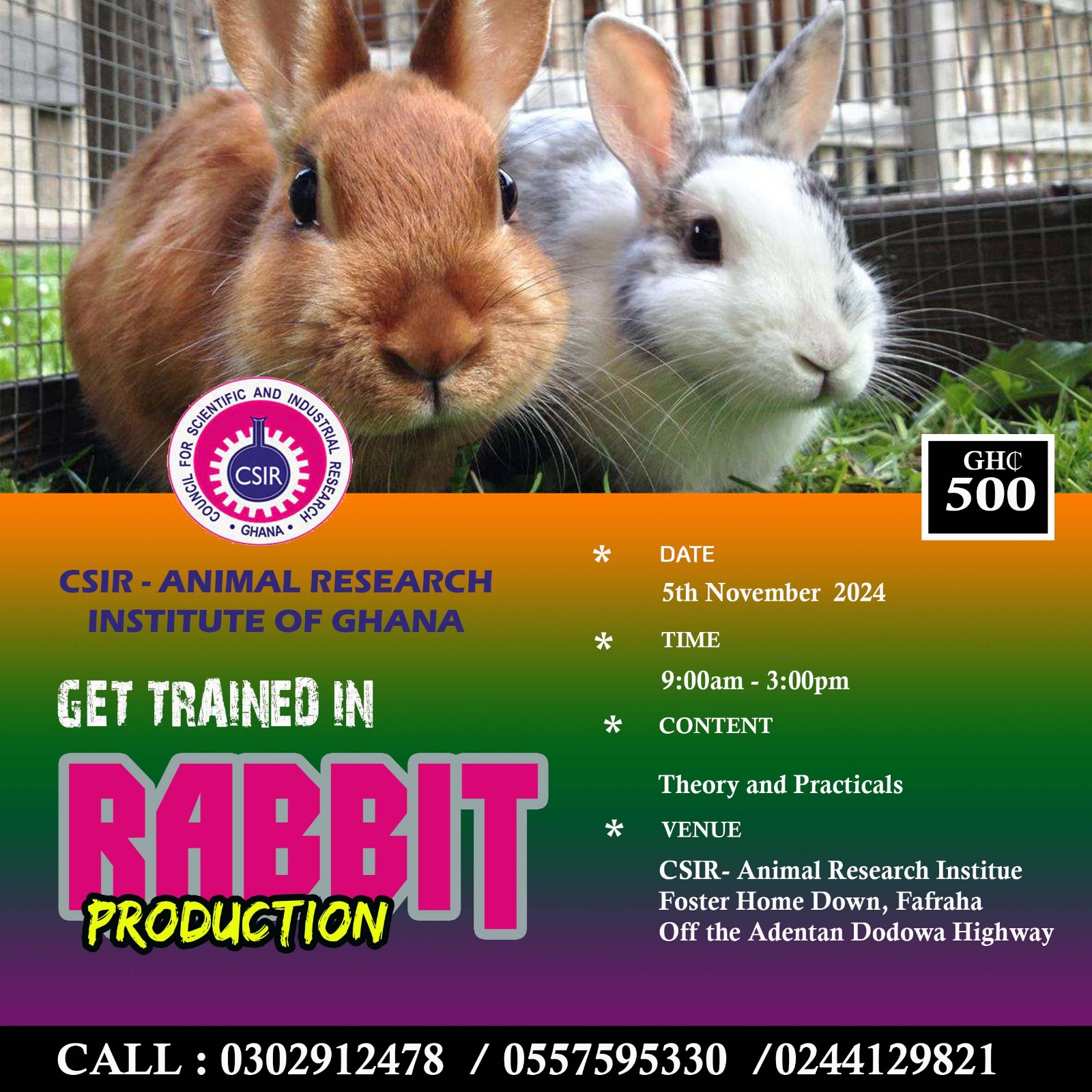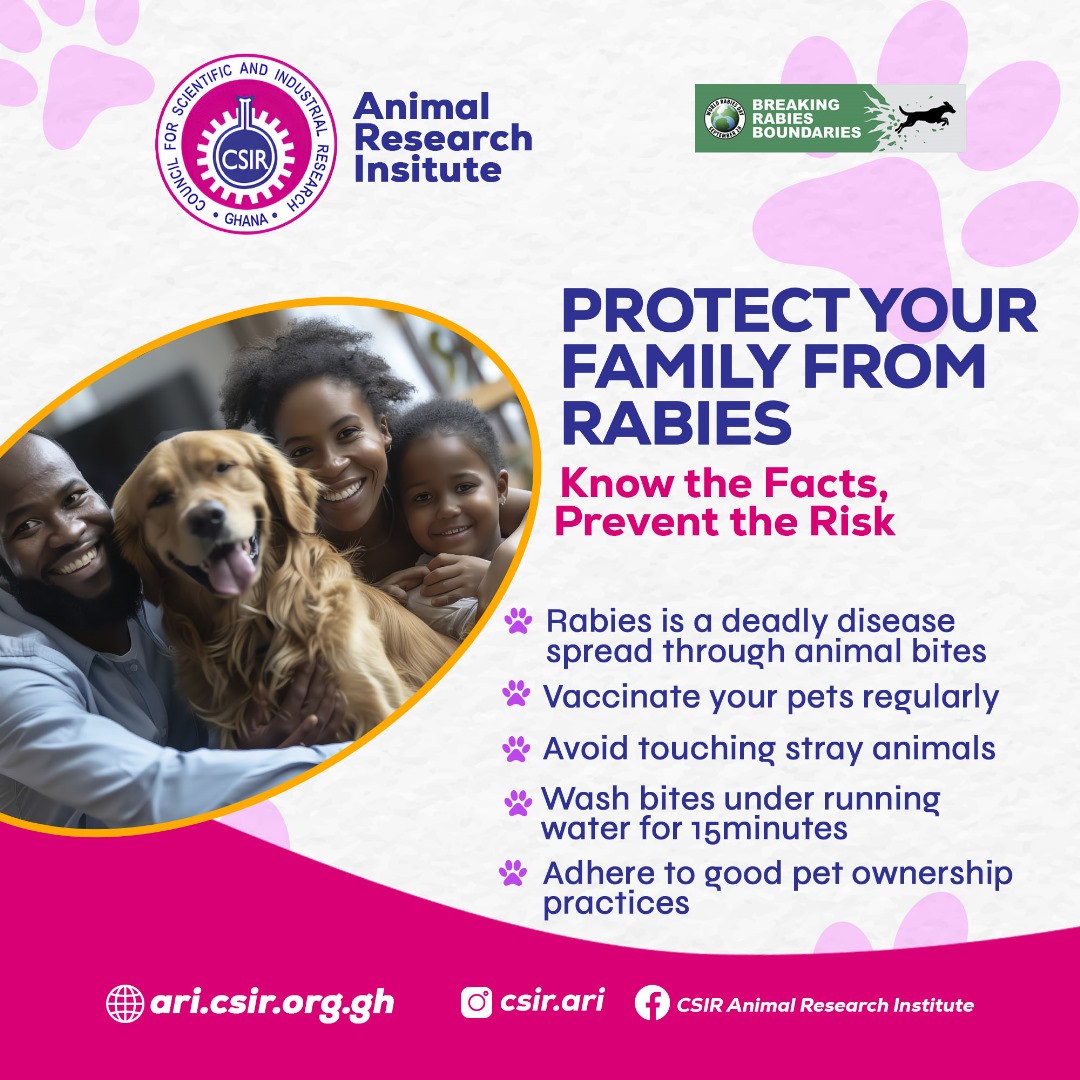Introduction
Antimicrobial resistance (AMR) is a complex and multifaceted issue that is recognized as one of the most serious global threats to human health in the 21st century [1]. There are several factors contributing to this menace which include use and misuse of antimicrobial agents in humans and animals, the movement of human populations across the globe influencing transmission and exposure of people to pathogenic and antimicrobial-resistant strains of bacteria.
The emergence of multi-drug resistance (MDR) is a particularly concerning development. MDR is defined as resistance to at least one agent in three or more antimicrobial classes and is particularly found among Enterobacteriaceae such as Escherichia coli (E. coli) and Klebsiella pneumoniae (K. pneumoniae). Both organisms cause serious infections and have multiple resistance mechanisms, the most common being extended-spectrum-lactamase (ESBL) and carbapenemase production. In recent times, there has been a dramatic increase in MDR-Enterobacteriaceae in animals, and this may constitute both an indirect risk to human public health by increasing the gene pool from which pathogenic bacteria can pick up resistant genes and a direct risk through the food chain... read full article here




